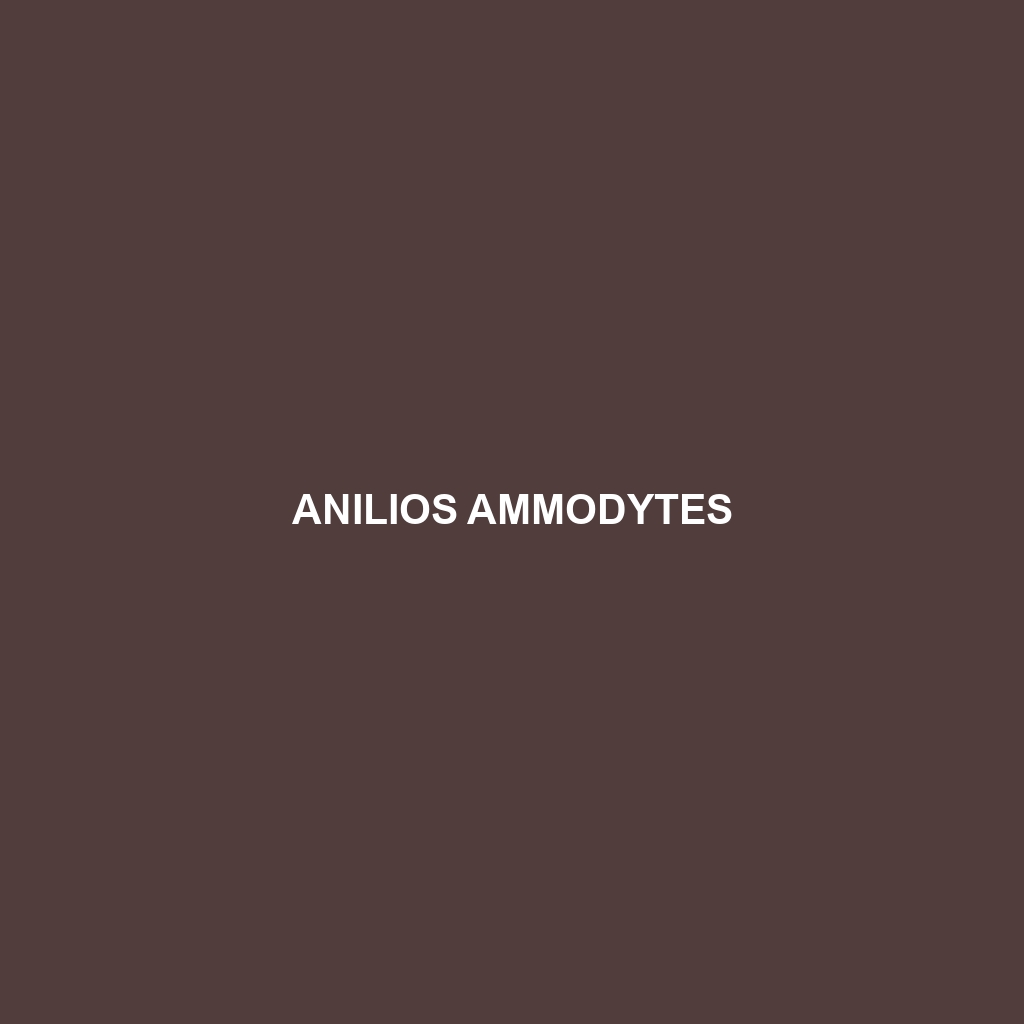<h2></h2> <p>Discover the <b>Chalcides ebneri</b>, or Ebner's skink, a diurnal species native to the Mediterranean regions of Europe, featuring a sleek, elongated body measuring 15 to 25 cm, smooth scales in various shades, and a diet of small invertebrates. This vulnerable skink is known for its habitat in dry, rocky areas and its fascinating ability to regenerate its tail, playing a crucial role in maintaining ecological balance.</p>
Tag: small invertebrates diet
Cercosaura olivacea
Discover the Cercosaura olivacea, a slender, olive green and brown lizard native to Central America's humid forests and dry habitats. This agile, terrestrial species primarily feeds on insects, exhibits interesting camouflage, and plays a vital role in its ecosystem.
Bipes biporus
Discover the fascinating Bipes biporus, a unique fossorial species native to the arid regions of northwestern Mexico, characterized by its elongated limbless body, nocturnal behavior, and diet consisting primarily of small invertebrates. This vulnerable species plays a crucial role in maintaining ecological balance while thriving in sandy, desert habitats.
Aprasia pseudopulchella
Discover the southern worm-lizard (Aprasia pseudopulchella), a slender, secretive reptile found in the dry sclerophyll forests and grassy woodlands of southeastern Australia. With its unique flattened head, smooth skin, and diet primarily consisting of small invertebrates, this vulnerable species plays a crucial role in maintaining ecosystem balance.
Anilios ammodytes
Discover the Anilios ammodytes, or sand burrowing snake, a nocturnal species native to the sandy coastal regions of Australia. With its sleek, smooth body and unique burrowing abilities, this small snake plays a vital role in its ecosystem by controlling invertebrate populations and contributing to soil health.




